How to unscrew a rusty screw
Most products intended for fastening are made of metal, and it is known to become rusty over time. And somehow unscrewing it with improvised means, without using physical force, becomes simply an impossible task. A fairly common situation that everyone has encountered.
This can be confirmed by car owners and people living in the private sector. And just those who decided to repair old equipment, for example, in a toilet or bathroom. It seems that it is no longer possible to correct the situation, but... In fact, as practice shows, there are various methods for unscrewing the fastener without damaging it.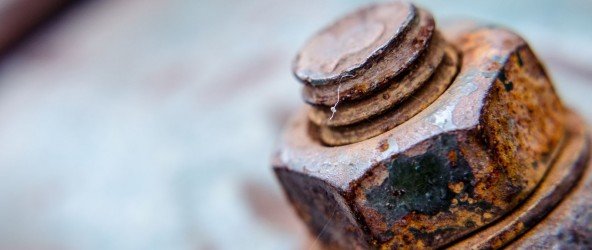
The content of the article
Why do nuts and screws rust?
As has already become clear, almost all surfaces are susceptible to corrosion, especially if they are metal. What is the cause of rust? It occurs from prolonged contact with water, various salts and dirt. Even the simplest dust “spurs” the reaction.
All metal products have a special coating that protects them from corrosion, but if its integrity is compromised, rust begins to form.In addition, there are metals that, by their nature, have a very “negative” attitude towards oxygen and various chemicals. Their exposure also forms rust.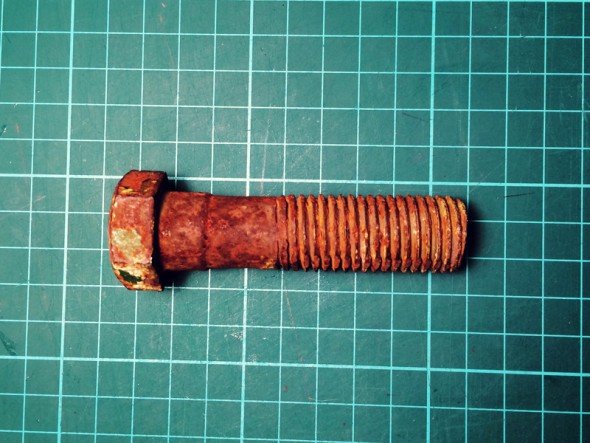
Reference. The common concept of rust includes iron oxides. Popularly, this term was given to red oxides that arise during the interaction of oxygen and iron with the assistance of moisture, air or water.
There are other types of rust that can arise from the interaction of iron and chlorine, in the complete absence of oxygen. This is exactly what happens to the reinforcement of concrete piles during underwater construction. This type of rust is green in color. Certain types of rust can be seen with the naked eye or through a spectroscope, and they are all caused by the external environment. If there is oxygen, as well as water, then over a certain amount of time any volume of iron will sooner or later turn into rust and be destroyed. The rusted layer does not provide protection to the underlying layers. This distinguishes it from the patina that appears on copper objects.
It is customary to call rust only what occurs on iron or in various alloys with iron. And although other metals are also subject to corrosion, it is not called rust.
What you need to prepare to unscrew a rusty screw
Don't rashly rush into battle with a rusty propeller. You can easily “kill” him. You need to prepare thoroughly. First of all, we stock up on auxiliary means. The main thing is that they are sufficiently liquid and flow easily into any holes.
You can find quite a lot of different chemicals on sale that can help in this difficult task. WD-40 is very popular, the product is supplied in the form of an aerosol can. But if for some unknown reason it is not on sale, you can stock up on kerosene, turpentine or diesel fuel. The product should be sprayed onto the surface of the thread and wait about twenty minutes.
Important! In no case should you use various lithols or solid oils; after some time, all this will become hard and, accordingly, it will simply be impossible to unscrew anything.
How to unscrew a rusty screw
Rust has the same detrimental effect on all types of connections. But if a bolt and a nut, although difficult, can be dealt with, then with screws the situation is somewhat more complicated. The use of physical force easily damages the splines. Then all that remains is to drill it out and cut a new thread. But there are several options that will help you get out of the situation without harming the propeller itself.
Heating the screw
If you try to remember the school physics course, then from the depths of your memory the knowledge that when heated, objects expand will emerge. It is this property that can be used.
We take any heat source, for example, a hair dryer or a blowtorch, and thoroughly warm up our propeller. Having warmed up, it will expand, obeying the laws of physics, and at the same time the rust coating will fly off.
If you don’t have a lamp on your household, you can take an ordinary candle or a lighter. As soon as the screw is heated, immediately pour water on it. Preferably cold. Now you can try to unscrew it. The bad news is that such heating negatively affects the hardening of the metal.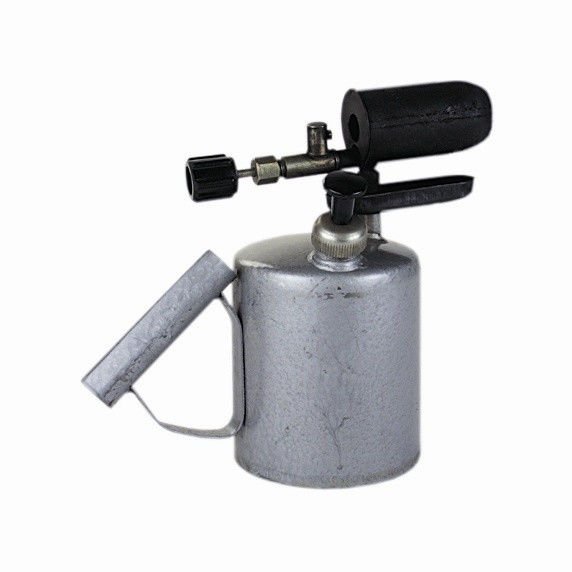
Attention! Be especially careful when working around heat sources. Hot surfaces, like open flames, can cause burns.
A mixture of gear oil and acetone
Such a “cocktail”, made with your own hands, is no less effective than store-bought products. The composition contains fifty percent automatic transmission oil and the same amount of acetone.
Apply the composition in several doses every forty minutes for several hours. To speed up rust removal, you can use a screwdriver and a hammer. Gently hitting the screw, we try to loosen it.
You can do something more extreme. We sculpt a small side from plasticine or clay around the screw. Place a small piece of zinc inside and fill it with sulfuric acid. Twenty-four hours will pass and everything will be ready. You can also unscrew the screws on the faucet in the same way.
The opposite method
It is quite effective to sometimes do things differently. If you need to unscrew a rusted screw, it is better not to “torment” it by trying to unscrew it, but try to tighten it even more until it stops. This will free up the screw and make it easier to unscrew it further.
How to prevent rust
As you know, it is easier to prevent a problem than to stubbornly fight it later. Among the many preparations for corrosion protection, the following can be distinguished:
- Long acting inhibitor. After treating metal products with this product, you don’t have to worry about accidentally leaving them on the street. Let them lie there for at least a whole year. Now they are perfectly protected from the effects of any bad weather, which can cause a corrosive process.
- Lithium Preservative Grease. It is used to process door hinges, various chains and cables. After application, a thin film appears on the surface, which is not afraid of exposure to the atmosphere and does not allow rust to develop.
- Silicone grease. Since the lubricant is silicone-based, it is easily applied to any metal products, even if they have partially plastic, rubber or vinyl inserts. When the lubricant dries, a thin, transparent, non-stick protective layer forms on the surface of the product.
- Anti-corrosion spray. Used when you need to treat areas with difficult access. The spray penetrates deeply into the product and prevents rust from appearing on it. A very popular tool for processing threads of fasteners.
- Rust stain remover. The composition contains non-toxic substances. It can be used not only for cleaning construction products, but also for cutlery. If you treat all the cutlery knives in the house with it, they will certainly never suffer from rust. It is enough to wait about five hours, then wash off the solution with a cleaning solution.
All methods have proven themselves quite well. You can use any of them, although often one is not enough and you have to use them all. In any case, masters have been using them for a long time and quite successfully. But most importantly, remember that it is better to initially protect yourself from rust, rather than fight it.




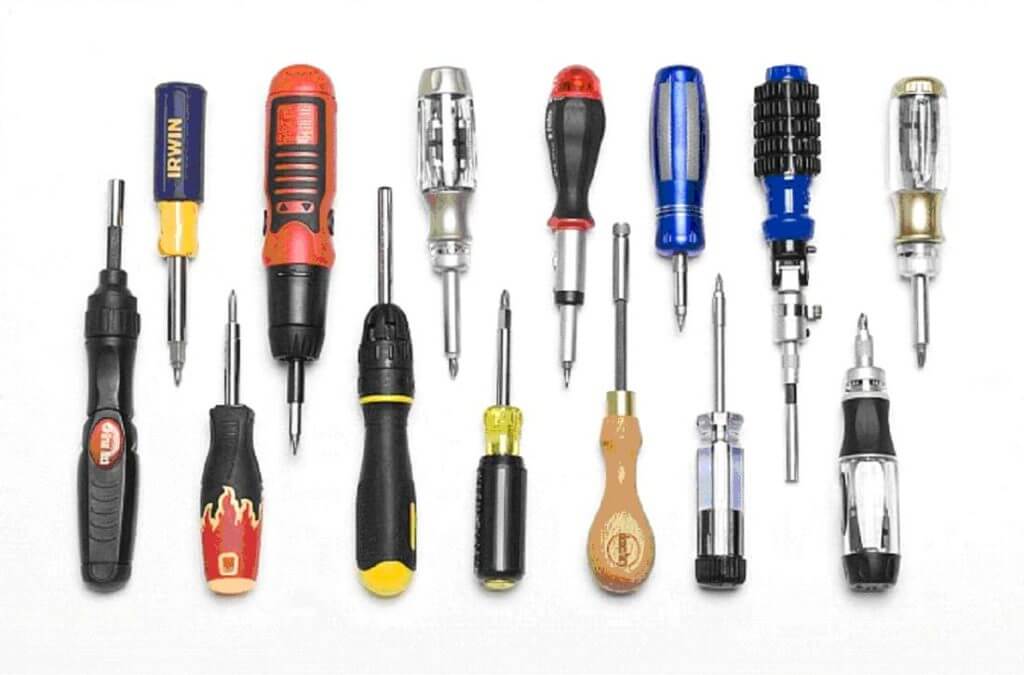
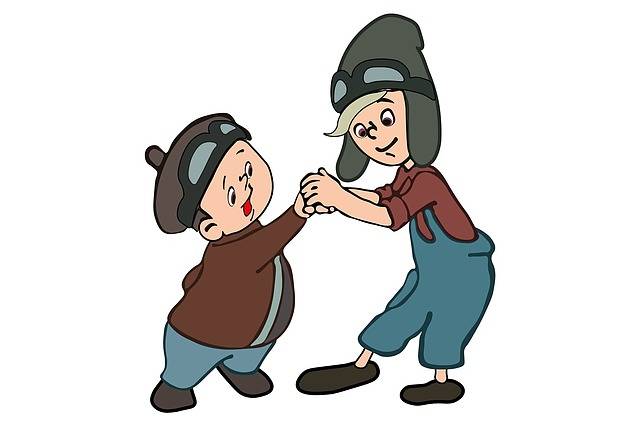
no way, give it all up